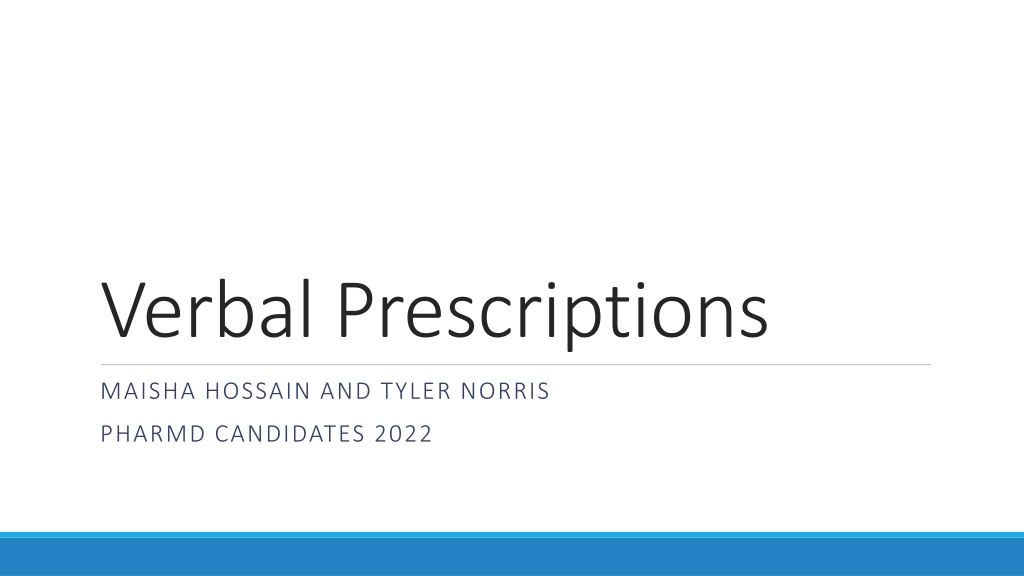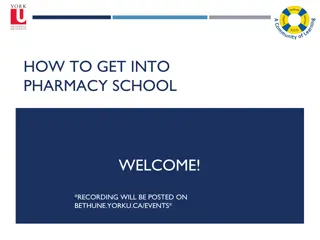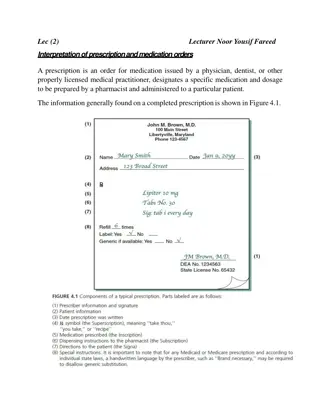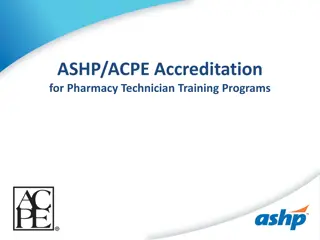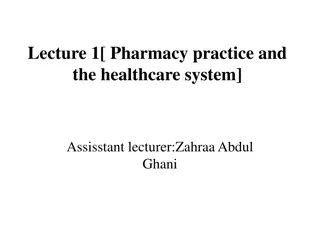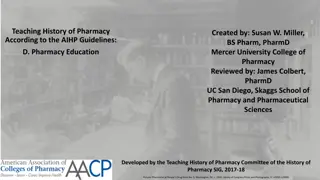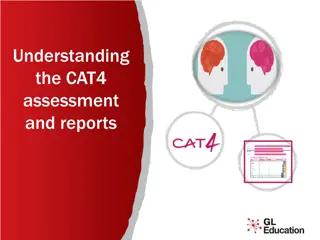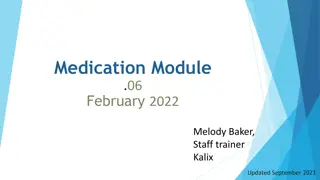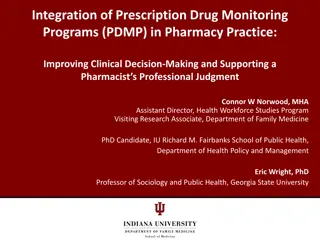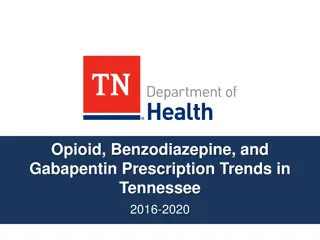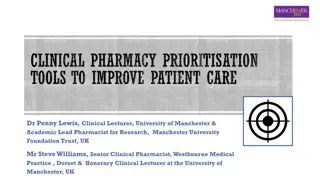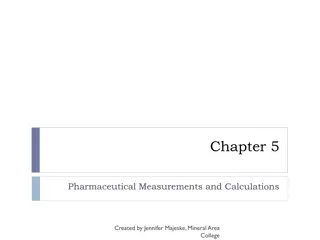Understanding Verbal Prescriptions in Pharmacy Practice
This comprehensive guide provides insights into obtaining verbal prescriptions, necessary information in a verbal prescription, types of written verbal prescriptions, acceptable sources for verbal prescriptions, authorized personnel to accept verbal prescriptions, laws regarding interns and verbal prescriptions, essential details on a verbal prescription, and differentiation between controlled and non-controlled prescriptions. It offers a valuable resource for pharmacy professionals and students to ensure compliance and accuracy in handling verbal prescription orders.
Download Presentation

Please find below an Image/Link to download the presentation.
The content on the website is provided AS IS for your information and personal use only. It may not be sold, licensed, or shared on other websites without obtaining consent from the author. Download presentation by click this link. If you encounter any issues during the download, it is possible that the publisher has removed the file from their server.
E N D
Presentation Transcript
Verbal Prescriptions MAISHA HOSSAIN AND TYLER NORRIS PHARMD CANDIDATES 2022
Objectives Understand the methods of obtaining verbal prescriptions Understand what information is required on a verbal prescription Practice taking a verbal prescription
Written Verbal Types of Prescriptions Faxed Transfers Electronic
Sources for Verbal Prescriptions Telephone Doctor s office Pharmacy Voicemail In-Person
Who Can Accept Verbal Prescriptions? Certified Pharmacy Technicians Pharmacy Interns Pharmacists
Laws Re: Interns and Verbal Prescriptions Ohio Administrative Code: OAC 4729-5-21 (3) A licensed pharmacy intern may receive telephone prescriptions and remove prescriptions from a recording device if the pharmacist on duty who is supervising the activity of the intern determines that the intern is competent to perform this function. (a) The intern shall immediately reduce the prescription to writing, document the full name of the prescriber and, if transmitted by the prescriber's agent, the full name of the agent, and shall review the prescription with the supervising pharmacist. Prior to dispensing, positive identification of the intern and the supervising pharmacist shall be made on the prescription to identify the responsibility for the receipt of the oral order.
Patient Name Patient DOB Current date What Information Must Be Present on a Verbal Prescription? Drug name / Strength / Form Directions (include route and frequency) Quantity Refills Full name of Prescriber Full name of Prescriber s agent (if applicable) Your name & Supervising pharmacist
Controlled vs Non-Controlled Non-Controlled Prescriptions: Max 3 medications per form Max refills for 1 year Controlled Prescriptions Max 1 medication per form Max 5 refills, or 6 months for C-III-IV Max refills for 1 year for C-V DEA number, ICD-10 code, AND day supply must be included C-II prescriptions CANNOT be verbally called in *
Process for Taking Verbal Prescriptions: 1. Greeting Include name / title / pharmacy 2. Transcribe prescription information 3. Clarify anything if needed 4. Read back to ensure accuracy
Tips If you are unsure of anything, ask for clarification Spelling of names, medications, etc Quantities and strengths Phone numbers, NPI / DEA numbers, etc Anything else that you are unsure of Don t be afraid to ask them to slow down Maintain professional attitude and tone Ask pharmacist if there is anything you are unsure of during the process
Example 2 9/9/21 Jim Halpert 10/20/79 Lisinopril 10 mg #30 1T PO QDay 11 Michael Scott Kelly Kapoor 614-292-4321 Tyler Norris (intern) / Colleen Dula, RPH
